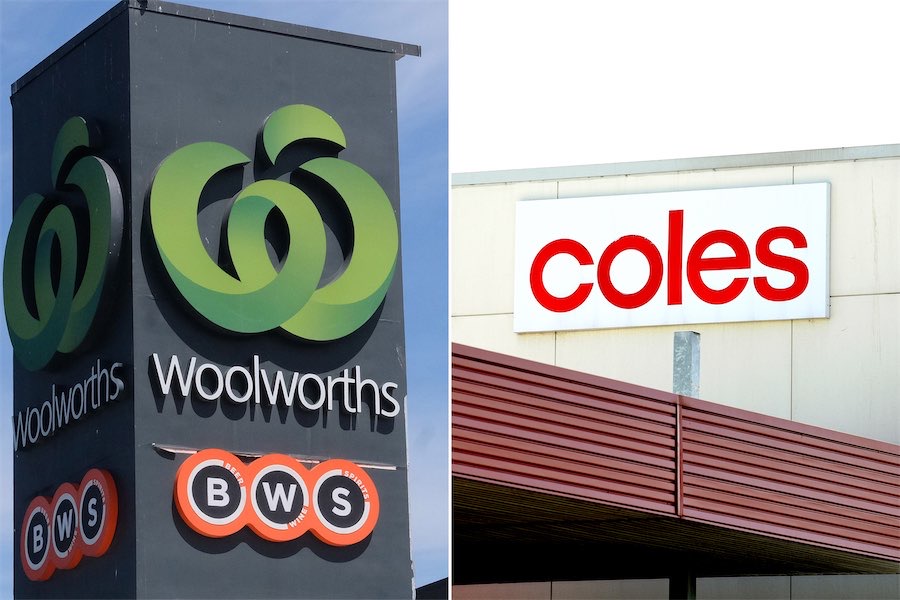
By Poppy Johnston and Paul Osborne in Canberra
THE Australian Bureau of Statistics reported on Friday the number of new owner-occupier first home buyer loan commitments fell 8.1 per cent in January – its lowest level since February 2017.
Mish Tan, ABS head of finance and wealth statistics, said the decline coincided with the winding down of COVID-19 pandemic stimulus measures.
The figure represents a 57.5 per cent decline from the high of early 2021, BIS Oxford Economics’ Maree Kilroy said.
Rising interest rates are also dampening overall demand, with the Reserve Bank widely expected to again lift rates at its Tuesday board meeting.
The overall value of new loan commitments for housing fell 5.3 per cent to $22.1 billion in January.
The value of total new owner-occupier loan commitments fell 4.9 per cent to $14.7 billion, while new investor loan commitments fell six per cent to $7.4 billion.
Those in the market already are seeking better deals on their rates.
While the value of owner-occupier housing loan refinancing between lenders fell 1.9 per cent, it remained close to record highs at $12.7 billion.
Compare the Market’s Stephen Zeller said people struggling to make repayments or needing to reduce negative equity on their property had a number of options.
They could talk with their lender, negotiate a lower rate, undertake renovations , sell the property or access hardship programs.
Mr Zeller said a 25 basis point rise in the cash rate on Tuesday would add about $79 a month to repayments on a $500,000 loan, or $118 on a $750,000 loan.
People with a $700,000 mortgage will likely soon be paying $1566 more each month than they were at the start of May 2022, following a 350 basis point jump in nine months.
The figures come as a new survey shows spiralling living costs and rate hikes being used by the RBA to rein in rising prices have triggered the highest rates of financial hardship since the start of the pandemic.
Four in 10 Australians are experiencing some form of financial difficulty, which is the highest number recorded by NAB’s hardship survey since the early days of the COVID-19 outbreak.
Those experiencing hardship may be struggling to pay bills and rent, don’t have enough money to buy food, are falling short on mortgage or loan repayments, or don’t have enough money to fund an emergency.
The overall value of new loan commitments for housing fell 5.3 per cent to $22.1 billion in January.
The value of total new owner-occupier loan commitments fell 4.9 per cent to $14.7 billion, while new investor loan commitments fell six per cent to $7.4 billion.
While the value of owner-occupier housing loan refinancing between lenders fell 1.9 per cent, it remained close to record highs at $12.7 billion.
Who can be trusted?
In a world of spin and confusion, there’s never been a more important time to support independent journalism in Canberra.
If you trust our work online and want to enforce the power of independent voices, I invite you to make a small contribution.
Every dollar of support is invested back into our journalism to help keep citynews.com.au strong and free.
Thank you,
Ian Meikle, editor





Leave a Reply